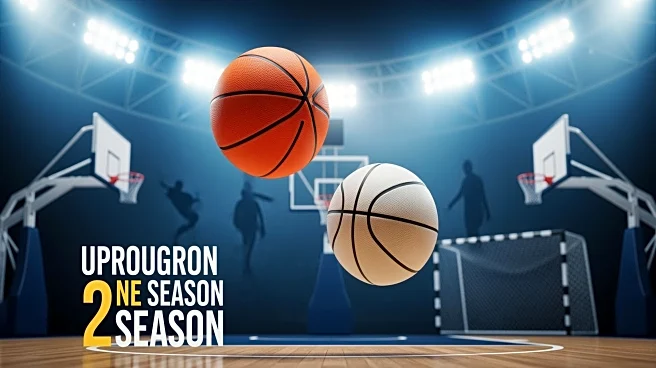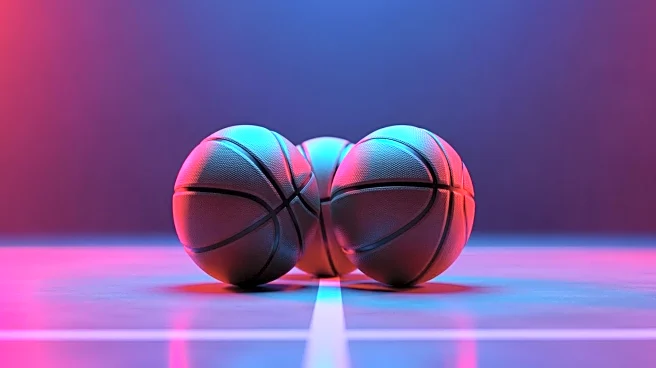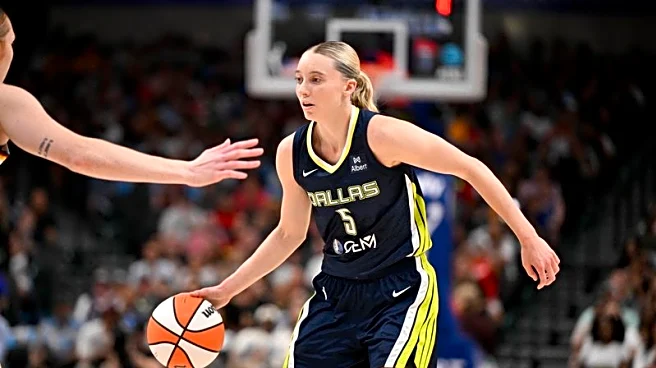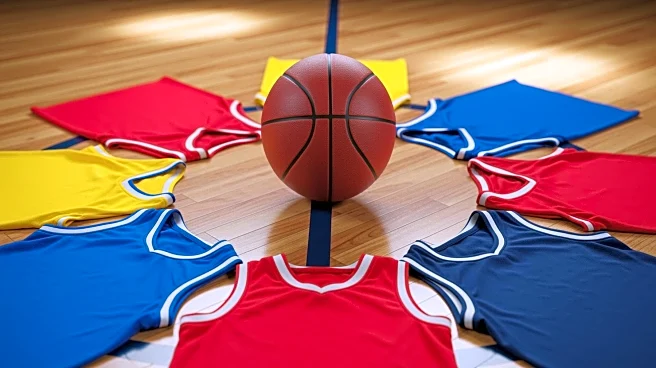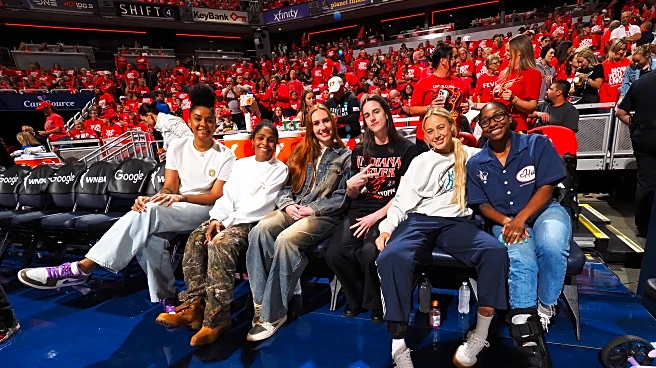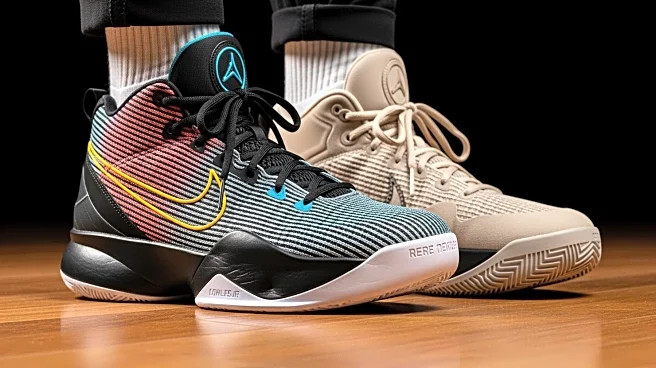What's Happening?
The Unrivaled 3x3 women's basketball league is set to begin its second season on January 4, following a successful inaugural season. The league has expanded by adding two new teams, Breeze BC and Hive
BC, to its roster, which already includes Rose BC, Laces BC, Lunar Owls BC, Phantom BC, Mist BC, and Vinyl BC. Notably, four players from the Indiana Fever—Lexie Hull, Aliyah Boston, Kelsey Mitchell, and Aari McDonald—will be participating in the league. Lexie Hull will continue with Rose BC, while Kelsey Mitchell joins the new Hive BC team. Aliyah Boston moves to Phantom BC, and Aari McDonald will play for Breeze BC. The league's games will be broadcast live on TNT, TruTV, and HBO Max.
Why It's Important?
The expansion of the Unrivaled league and the participation of prominent WNBA players like those from the Indiana Fever highlight the growing interest and investment in women's basketball. This development provides players with additional opportunities to showcase their talents and engage with fans during the WNBA off-season. The league's broadcast on major networks such as TNT and HBO Max signifies increased visibility and potential revenue streams for women's sports, contributing to the broader movement for gender equality in athletics. Fans of the Indiana Fever and women's basketball enthusiasts will have more content to enjoy, potentially boosting the sport's popularity and support.
What's Next?
The Unrivaled league's second season will commence on January 4, with games available on major broadcasting platforms. As the season progresses, the performance of the new teams and the integration of players from different backgrounds will be closely watched. Stakeholders, including sponsors and media partners, may evaluate the league's success to consider further investments or expansions. The league's impact on the players' careers and its role in promoting women's basketball will be assessed, potentially influencing future developments in the sport.
Beyond the Headlines
The Unrivaled league's expansion and the inclusion of WNBA players could have long-term implications for women's sports. It may encourage other leagues to adopt similar models, fostering innovation and competition. Additionally, the league's success could inspire young athletes and contribute to changing cultural perceptions about women's sports, promoting inclusivity and diversity. The collaboration between different media platforms to broadcast the games might set a precedent for future sports broadcasting strategies.
